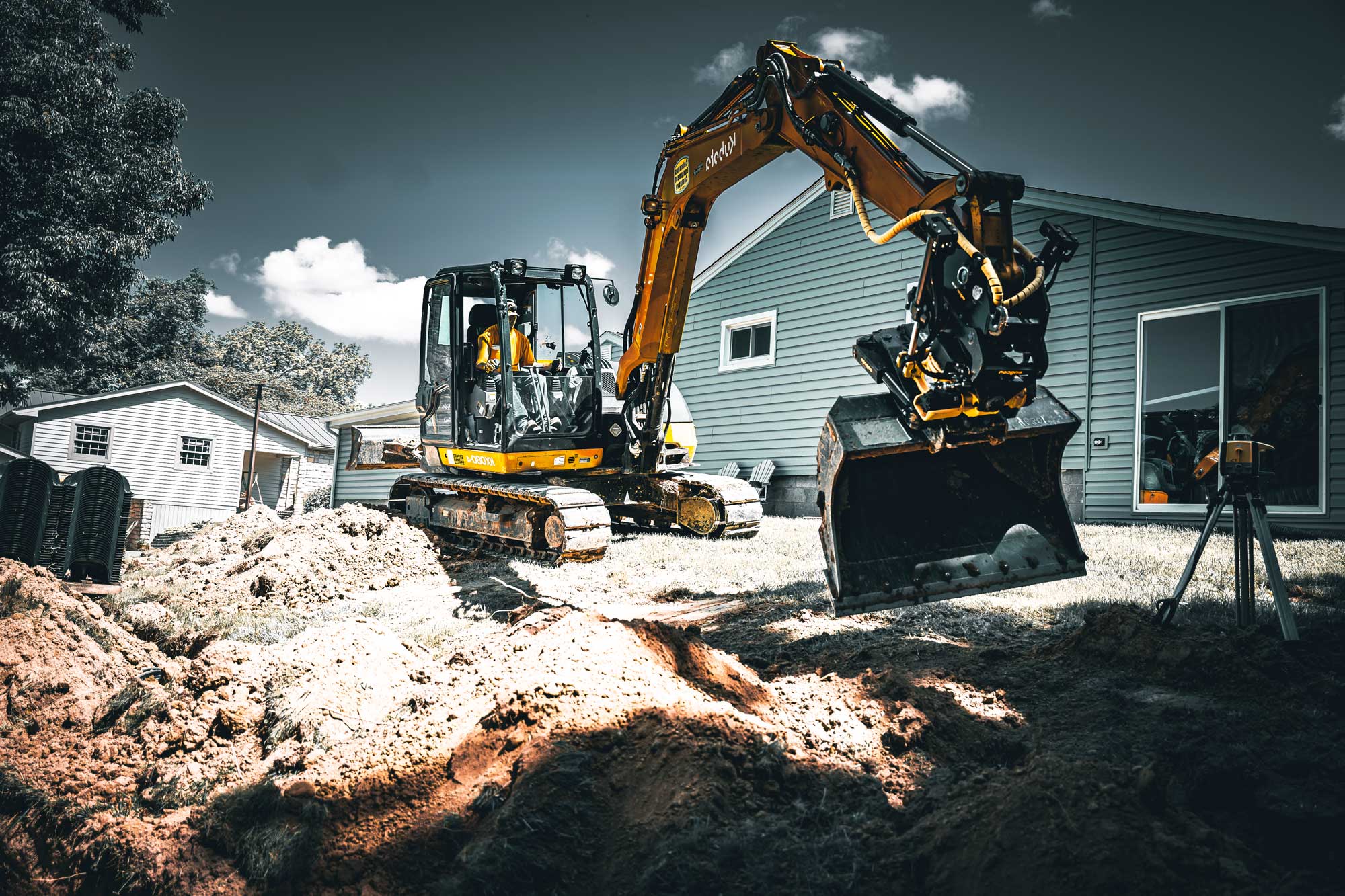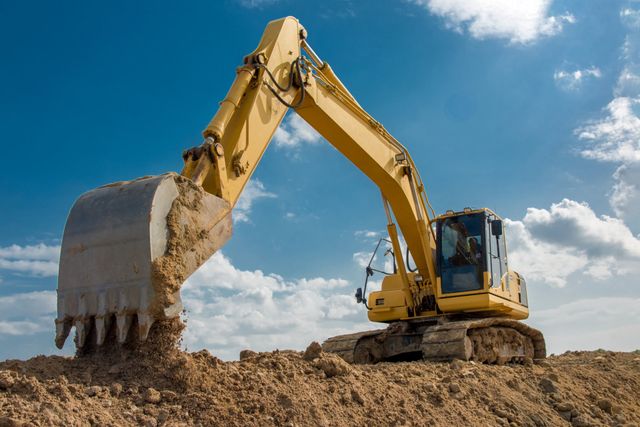Professional Septic Ohio - Trusted Septic System Professionals in Ohio
Professional Septic Ohio - Trusted Septic System Professionals in Ohio
Blog Article
In-Depth Exploration: The Scientific Research Behind Superior Excavation Practices
From old hand tools to contemporary hydraulic excavators, the evolution of excavation techniques has been a testament to human resourcefulness and technical advancements. What genuinely sets superior excavation practices apart is a deep understanding of geological principles, paired with the utilization of sophisticated devices and methods.
Development of Excavation Methods
Throughout background, the evolution of excavation techniques has actually played a critical function ahead of time building techniques and historical discoveries. From the rudimentary tools used by our ancestors to the innovative equipment employed in modern times, the development of excavation techniques has actually substantially changed exactly how we approach different tasks.
In old times, hands-on labor with basic tools such as wheelbarrows, pickaxes, and shovels was the main method of excavation. This labor-intensive procedure restricted the depth and extent of excavations, typically causing slow-moving progression and restricted access to particular websites. As human beings advanced, so did the strategies and tools made use of for excavation.
The Industrial Change noted a transforming point in excavation techniques with the intro of steam-powered machinery. In modern times, modern technology plays a crucial duty in excavation, with improvements like GPS systems, drones, and 3D scanning enhancing precision and efficiency in the area.
Role of Modern Technology in Excavation

The integration of cutting-edge modern technology has fundamentally changed the area of excavation, enhancing precision and efficiency to unmatched levels. One of the crucial technical developments that has considerably influenced excavation methods is the application of GPS systems. These systems permit specific mapping of excavation websites, making it possible for drivers to precisely situate below ground energies and frameworks. In addition, using telematics in excavation tools has actually allowed real-time surveillance of equipment efficiency, leading to proactive maintenance and enhanced operational performance.
Furthermore, the introduction of 3D modeling and simulation software application has streamlined the planning procedure for excavation projects. Operators and designers can now picture the entire excavation procedure before damaging ground, determining potential obstacles and optimizing operations. Combined with this, the execution of drones in excavation activities has assisted in aerial surveys, volumetric measurements, and site evaluations with unrivaled speed and accuracy.
Geological Principles in Excavation
An understanding of geological concepts is necessary for ensuring the architectural integrity and security of excavation sites. Geological factors play a critical role in establishing the expediency and safety of excavation tasks (septic ohio). One key geological concept to consider is the kind of soil or rock present at the site. Different soil kinds, such as sand, crushed rock, or clay, have differing levels of security and need various excavation strategies. For example, cohesive dirts like clay might need additional assistance to prevent collapses, while sandy dirts may be prone to disintegration during excavation.
Additionally, the geological framework of the area, including mistakes, fractures, and rock developments, have to be thoroughly assessed to determine potential threats and difficulties. Excavating near geological fault or unpredictable rock formations can bring about instability and potential threats. By performing comprehensive geological surveys and evaluation, engineers and excavators can develop approaches to mitigate dangers and make certain the successful completion of excavation jobs. Eventually, including geological principles right into excavation practices is crucial for accomplishing safe, effective, and lasting outcomes.

Most Recent Tools for Excavation
In the world of excavation methods, contemporary developments in devices have revolutionized the effectiveness and precision next page of excavation procedures. These drones can give comprehensive airborne surveys of excavation sites, using real-time information on topography and potential risks.
An additional cutting-edge tool acquiring appeal is the implementation of 3D printing innovation for creating custom excavation tools. This enables the manufacturing of specialized tools that are customized to the particular requirements of a job, enhancing effectiveness and reducing downtime.
Moreover, advancements in materials scientific research have led to the advancement of more powerful and more resilient excavation devices. excavating ohio. Tungsten carbide-tipped excavator accessories, as an example, offer remarkable performance in challenging ground conditions, boosting productivity on-site
Science's Effect on Excavation Practices

Additionally, scientific study on soil auto mechanics and geotechnical engineering has offered valuable insights into dirt actions, permitting excavation specialists to make educated choices relating to excavation methods and soil stablizing techniques. On the whole, scientific research continues to drive development and enhancement in excavation techniques, making excavation tasks a lot more effective, economical, and sustainable.

Verdict
In conclusion, the development of excavation techniques has been substantially affected by advancements in innovation and a much deeper understanding of geological concepts. The current devices and equipment used in excavation have enhanced performance and accuracy look at this web-site in the field. The application of clinical knowledge has significantly improved excavation methods, resulting in much more efficient and lasting methods for digging deep into numerous types of products.
In the world of excavation methods, contemporary innovations in devices have changed the effectiveness and accuracy of excavation procedures. By leveraging scientific concepts, the excavation industry has been able to substantially boost performance, accuracy, and safety and security in click for more excavation processes. GPR enables excavation groups to non-invasively check and map subsurface structures, utilities, and possible hazards, enabling them to prepare excavation projects with better precision and decreased risk of crashes.
In addition, clinical research on soil technicians and geotechnical engineering has offered important insights into soil actions, permitting excavation professionals to make informed decisions regarding excavation approaches and soil stablizing strategies. Overall, scientific research continues to drive development and improvement in excavation methods, making excavation tasks more effective, cost-effective, and sustainable.
Report this page